Japan offers a remarkable contrast between its bustling urban centers and profoundly peaceful sanctuaries. Beyond the neon lights and crowded streets lies a different Japan—one of contemplative gardens, ancient forests, and serene temples where time seems to slow down.
These tranquil spaces have been cultivated through centuries of tradition focused on mindfulness, natural harmony, and finding beauty in simplicity. Let’s explore 15 remarkably peaceful destinations in Japan where visitors can experience deep restoration and reconnection.
Koyasan
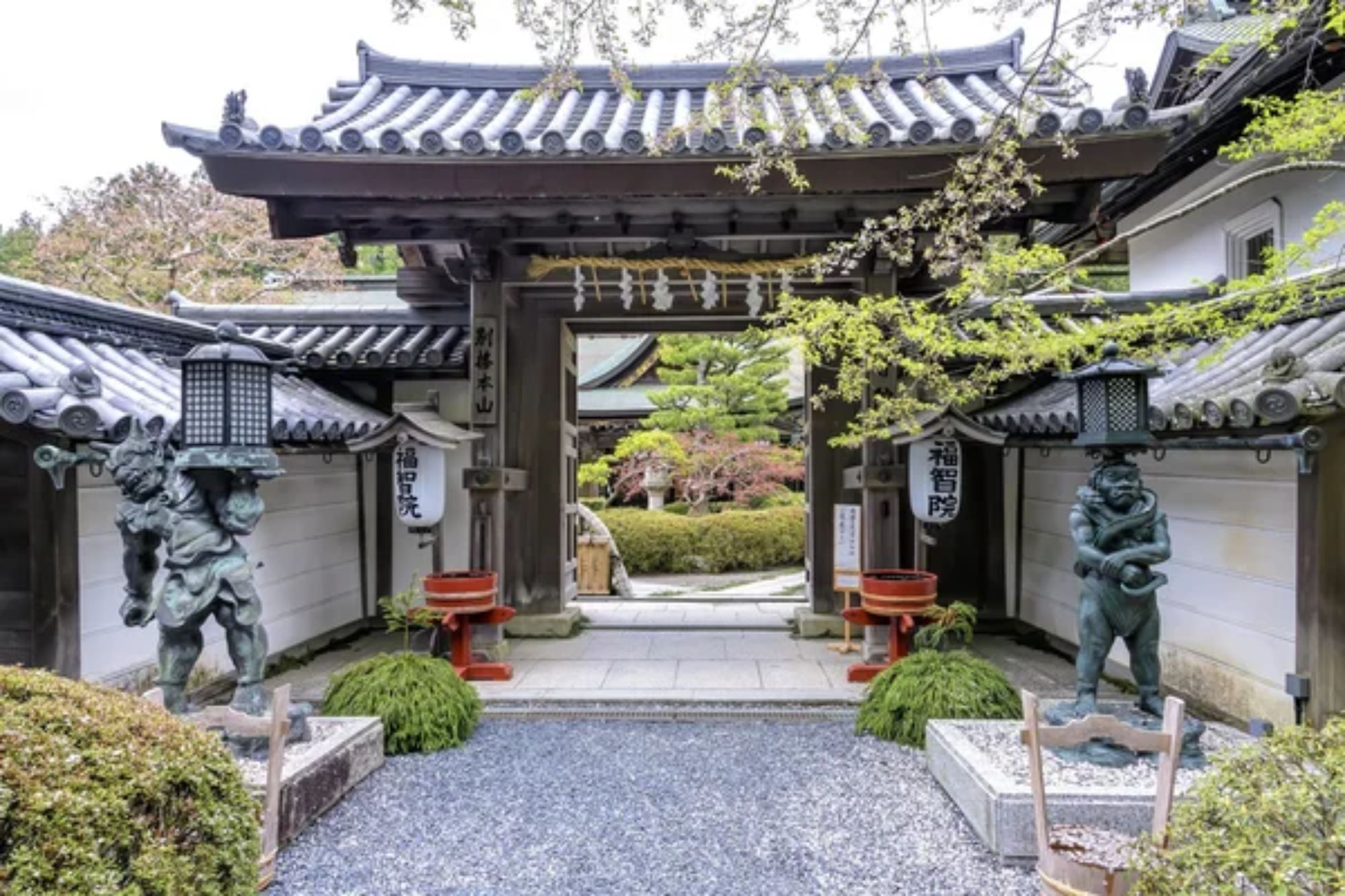
This sacred mountain retreat houses over 100 temples – creating a spiritual atmosphere that’s remained largely unchanged since the 9th century. Located about 50 miles from Osaka, Koyasan serves as headquarters for the Shingon school of Buddhism and welcomes visitors to stay overnight in temple lodgings called shukubo.
Dawn meditation sessions and vegetarian shojin ryori meals provide authentic experiences of monastic life. Walking through the towering cedars of Okunoin Cemetery, Japan’s largest with over 200,000 monuments, feels like stepping into another realm altogether.
Naoshima Art Island
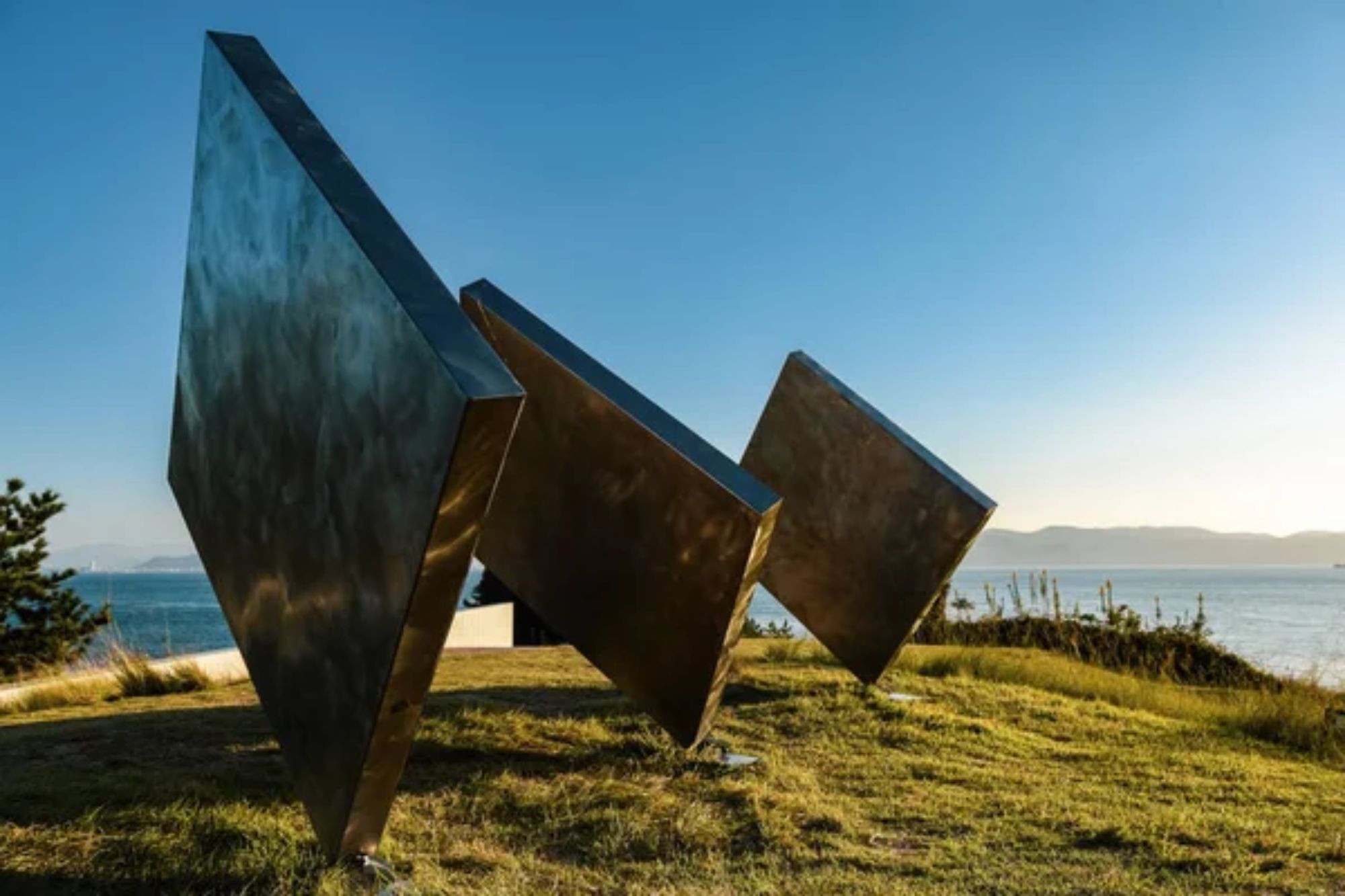
This small island in the Seto Inland Sea transforms contemporary art appreciation into a meditative practice. Unlike crowded urban museums, Naoshima’s galleries integrate seamlessly with natural surroundings and traditional architecture.
The Chichu Art Museum, designed by Tadao Ando, sits mostly underground yet uses natural light to illuminate works by Claude Monet and James Turrell. Visitors wander between installations at their own pace, encountering thought-provoking pieces amid breathtaking coastal scenery.
The island’s unhurried atmosphere and limited visitor numbers ensure contemplative engagement with both art and environment.
Takachiho Gorge

Dramatic volcanic basalt columns frame the crystal-clear waters of the Gokase River – creating one of Kyushu’s most spectacular natural sanctuaries. According to Shinto mythology, this gorge marks where deity Ninigi no Mikoto descended from heaven to Earth.
Visitors can rent small rowboats to navigate beneath towering cliffs or follow hillside walking paths offering panoramic views. The nearby Takachiho Shrine performs sacred kagura dances that have remained unchanged for generations, connecting modern visitors to ancient spiritual traditions.
Morning fog often envelops the gorge, adding an ethereal quality to an already mystical landscape.
Like Travel Pug’s content? Follow us on MSN.
Adashino Nenbutsuji Temple
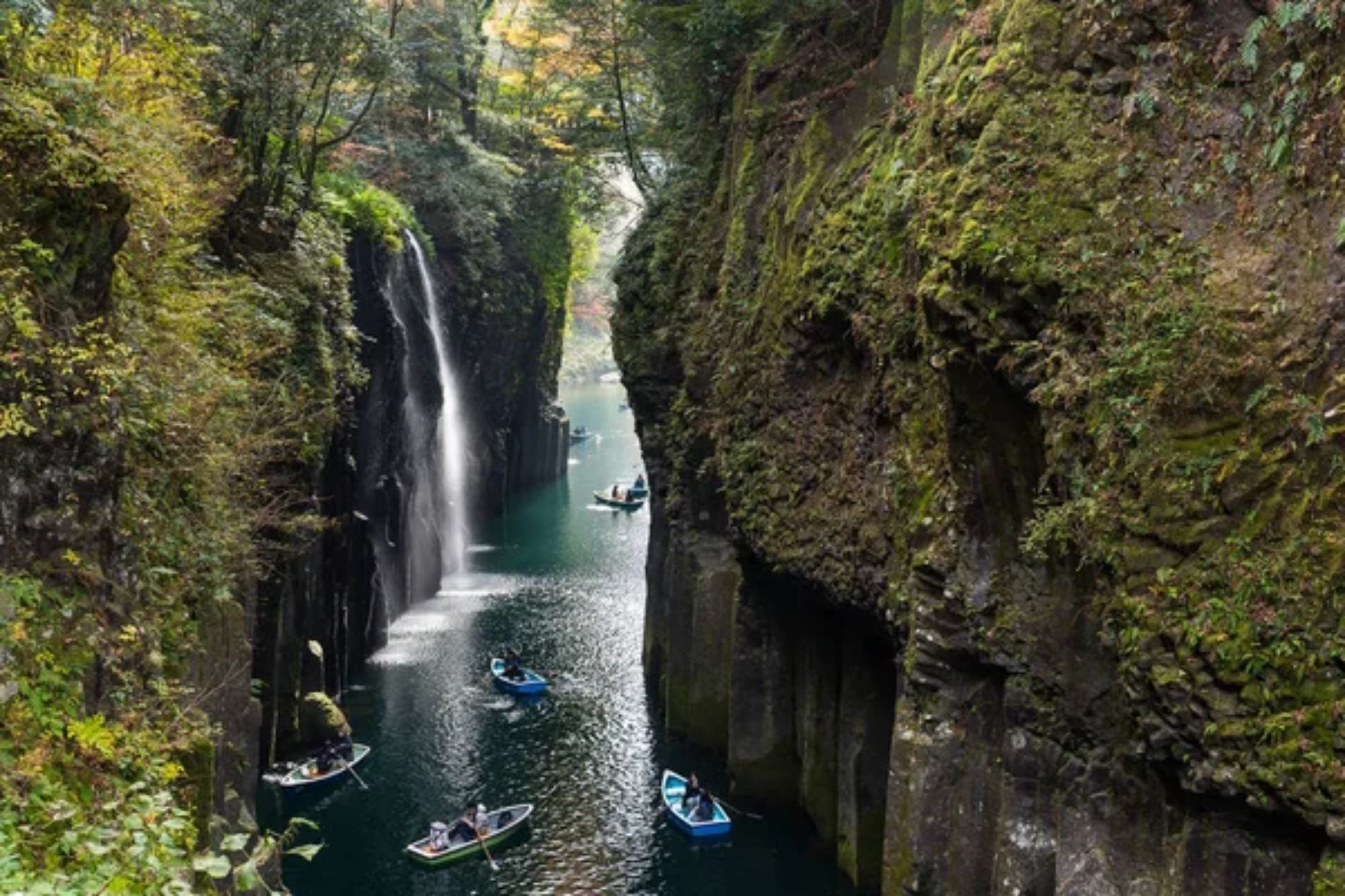
This lesser-known Kyoto temple offers profound tranquility just beyond the popular Arashiyama district. Thousands of small stone statues – representing souls of people who died without families to remember them – create a poignant memorial garden unlike anything else.
Bamboo groves surround the temple grounds, their leaves rustling gently in mountain breezes. The site becomes particularly moving during August’s Bon festival when thousands of lanterns illuminate these stone guardians.
Few international tourists discover this contemplative space, ensuring genuine serenity even during Kyoto’s busiest seasons.
Shirakawa-go
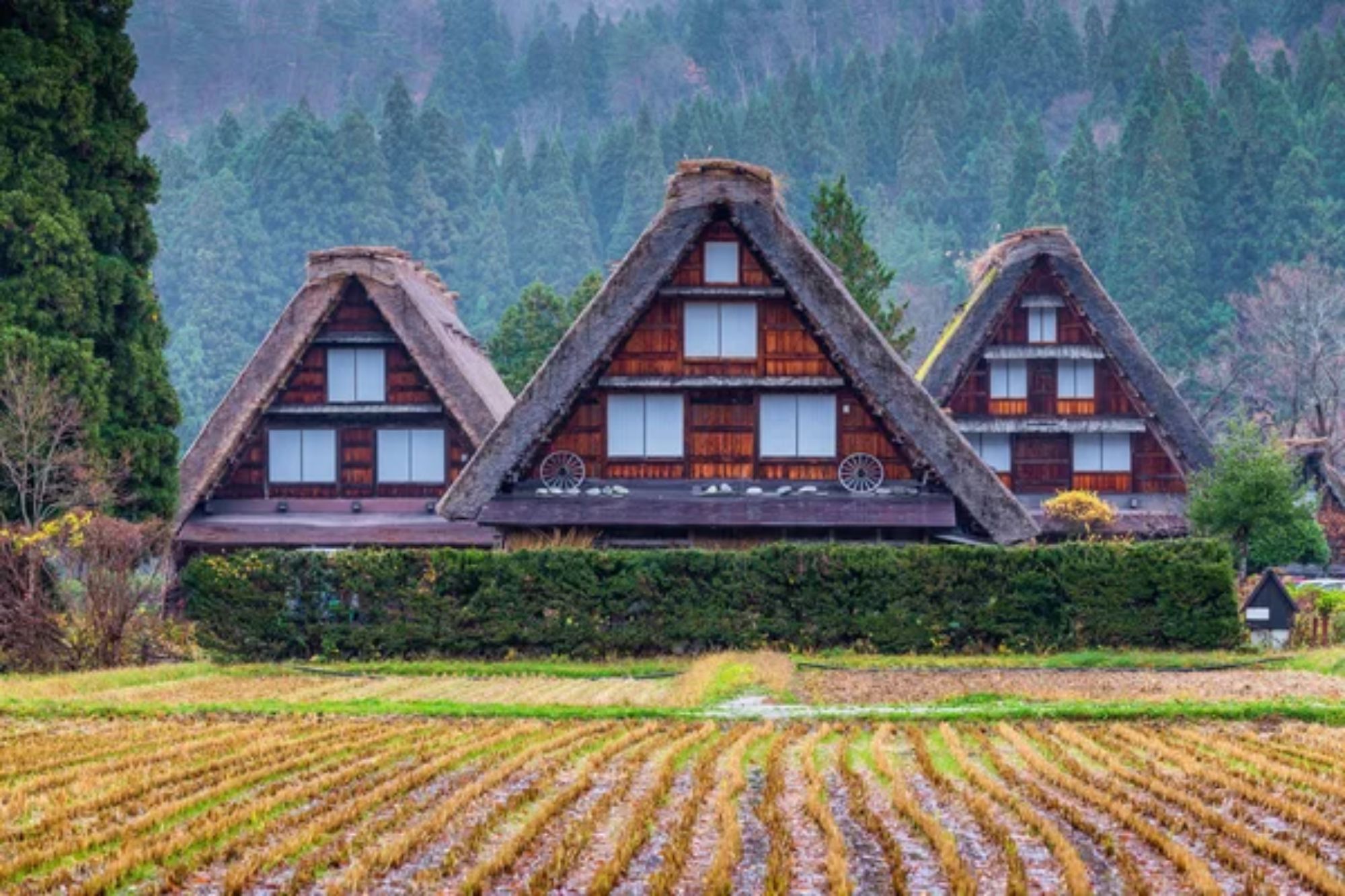
This UNESCO World Heritage village nestled in mountainous Gifu Prefecture preserves a traditional way of life increasingly rare in modern Japan. Distinctive gassho-zukuri farmhouses with their steeply pitched thatched roofs stand against a backdrop of seasonal beauty – cherry blossoms in spring, lush greenery in summer, fiery foliage in autumn, and heavy snow transforming the landscape into a winter wonderland.
Early mornings and evenings offer remarkable quiet when day-trippers depart, leaving behind atmospheric calm broken only by occasional temple bells. Overnight stays in these 250-year-old farmhouses provide authentic connection to rural Japanese life.
Yakushima

This ancient island contains some of Japan’s oldest living organisms – cedar trees reaching ages of 2,000-7,000 years. Mossy forests that inspired Studio Ghibli’s ‘Princess Mononoke’ create otherworldly hiking experiences through pristine wilderness. Gentle rain falls approximately 35 days each month, nourishing incredibly diverse ecosystems across the island’s varied elevation zones.
The Shiratani Unsuikyo Ravine offers more accessible trails, while serious hikers can challenge themselves with journeys to Jomon Sugi, Japan’s oldest tree. The constant precipitation creates a soothing natural soundtrack that enhances the island’s meditative quality.
Like Travel Pug’s content? Follow us on MSN.
Kurashiki Bikan Historical Quarter
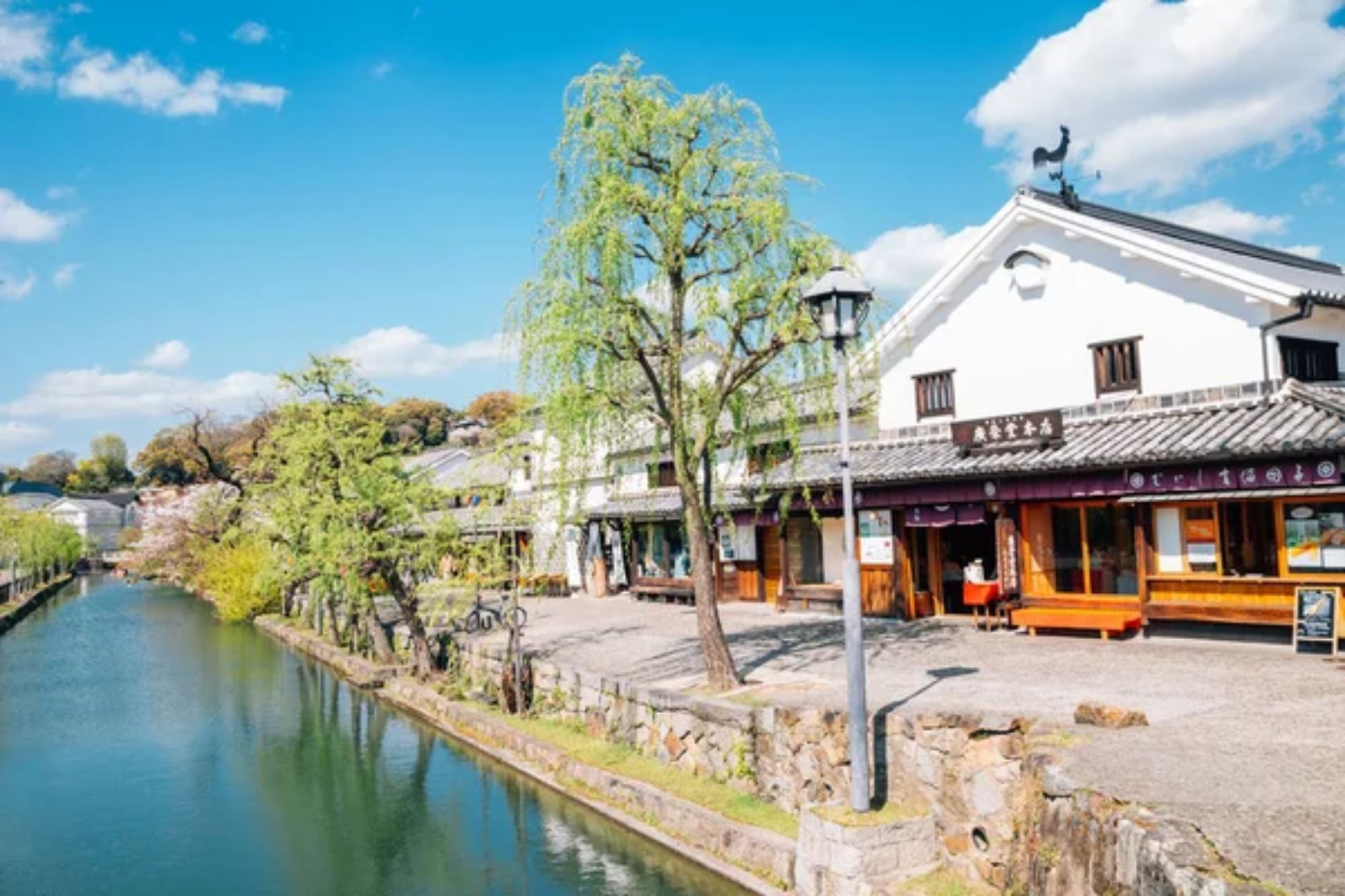
This exceptionally preserved canal district dates back to Japan’s Edo period, offering atmospheric exploration of narrow lanes and traditional architecture. White-walled storehouses converted into museums, boutiques, and cafes line willow-draped waterways – creating scenes seemingly plucked from woodblock prints.
While popular during midday, early mornings provide magical experiences of having these historical streets entirely to yourself. Local artisans continue traditional crafts, including weaving and pottery, in workshops scattered throughout the district.
The absence of overhead wires and modern signage maintains visual harmony rarely found in contemporary Japanese towns.
Iya Valley
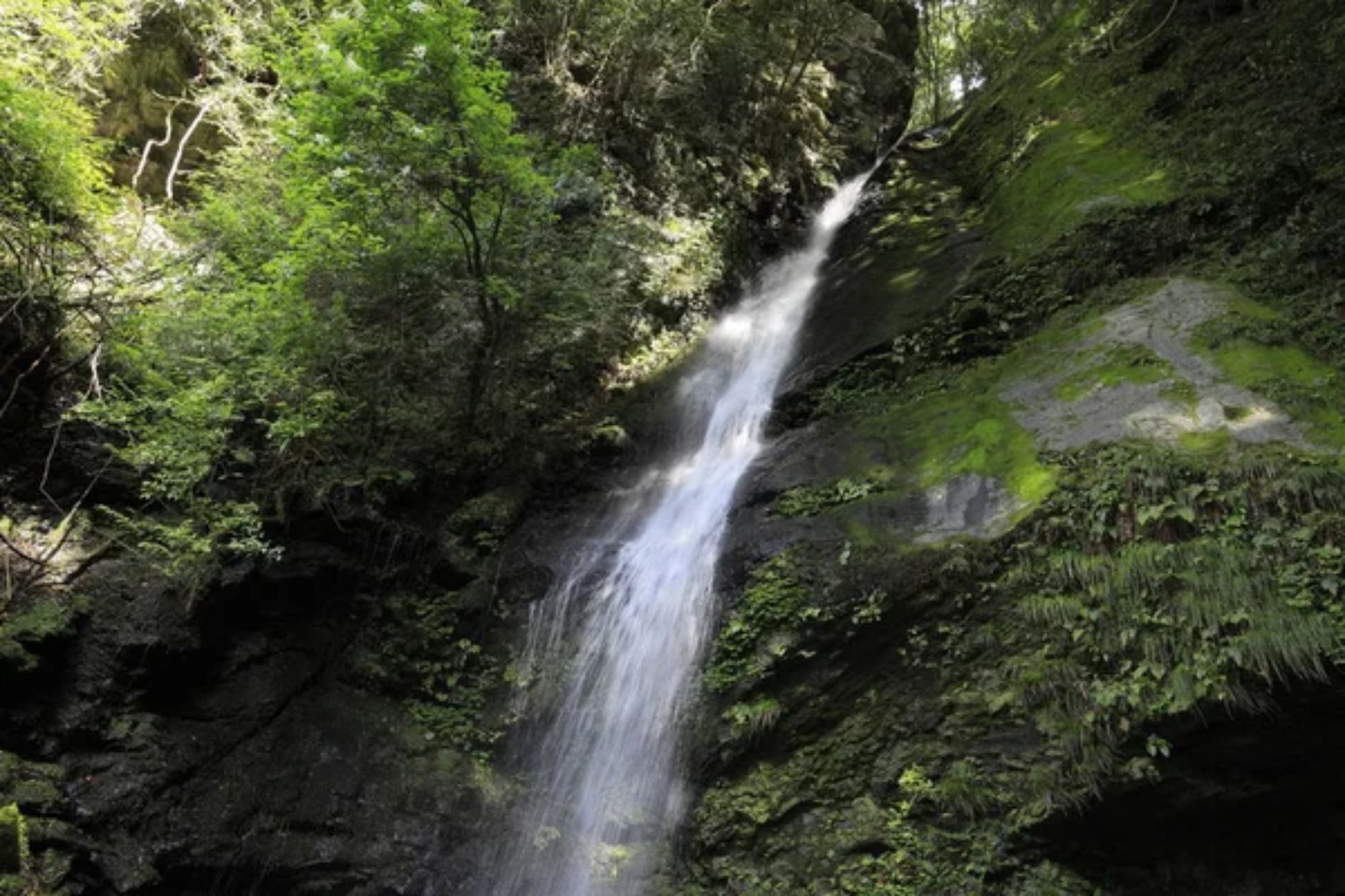
Deep in Shikoku’s mountainous interior lies this remote valley where traditional vine bridges have spanned rugged gorges for centuries. The region served as refuge for defeated Heike clan warriors in the 12th century and maintains an untamed character unusual in densely populated Japan.
Tiny villages perch precariously on steep mountainsides, connected by winding roads that discourage casual visitors. The valley’s most iconic features remain the kazurabashi bridges woven from mountain vines and replaced every three years following ancient techniques.
Mist frequently fills the valley, creating atmospheric conditions perfect for contemplation and disconnection from everyday concerns.
Saiho-ji Moss Temple
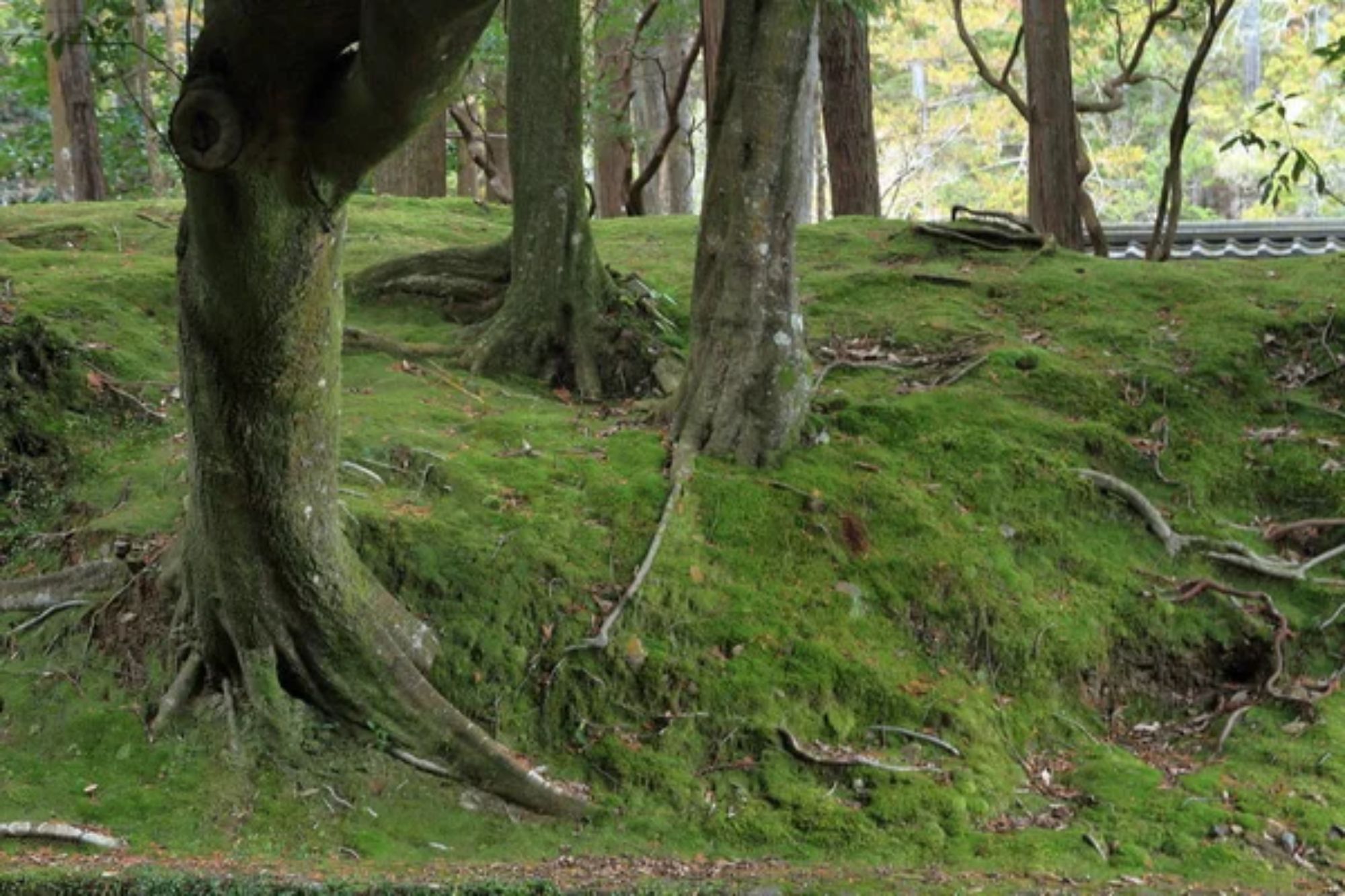
This extraordinary Kyoto temple – often called Kokedera or ‘Moss Temple’ – cultivates over 120 varieties of moss covering its grounds in velvety green carpets. Access requires advance application, helping maintain the site’s exceptional tranquility. Visitors participate in sutra copying meditation before exploring the garden, ensuring mindful appreciation of this living artwork.
The temple’s heart-shaped pond anchors a classical strolling garden dating from the 14th century, designed by renowned landscape architect Muso Soseki. Seasonal changes transform the moss palette from vibrant spring greens to deeper autumn tones – each period offering distinctive beauty.
Like Travel Pug’s content? Follow us on MSN.
Kamikochi

This spectacular alpine valley situated in the Northern Japan Alps remains closed six months yearly due to heavy snow – preserving pristine natural conditions increasingly rare in accessible wilderness areas. Crystal-clear Azusa River winds through the valley floor, flanked by dramatic mountain peaks rising above 10,000 feet.
Cars cannot enter this protected region, maintaining exceptional air quality and natural soundscapes dominated by rushing water and mountain winds. Early morning walks along riverside paths often reveal monkeys bathing in hot springs and diverse bird species.
The limited accommodations and seasonal access create a remarkable sense of privilege among those experiencing this extraordinary landscape.
Okunoshima
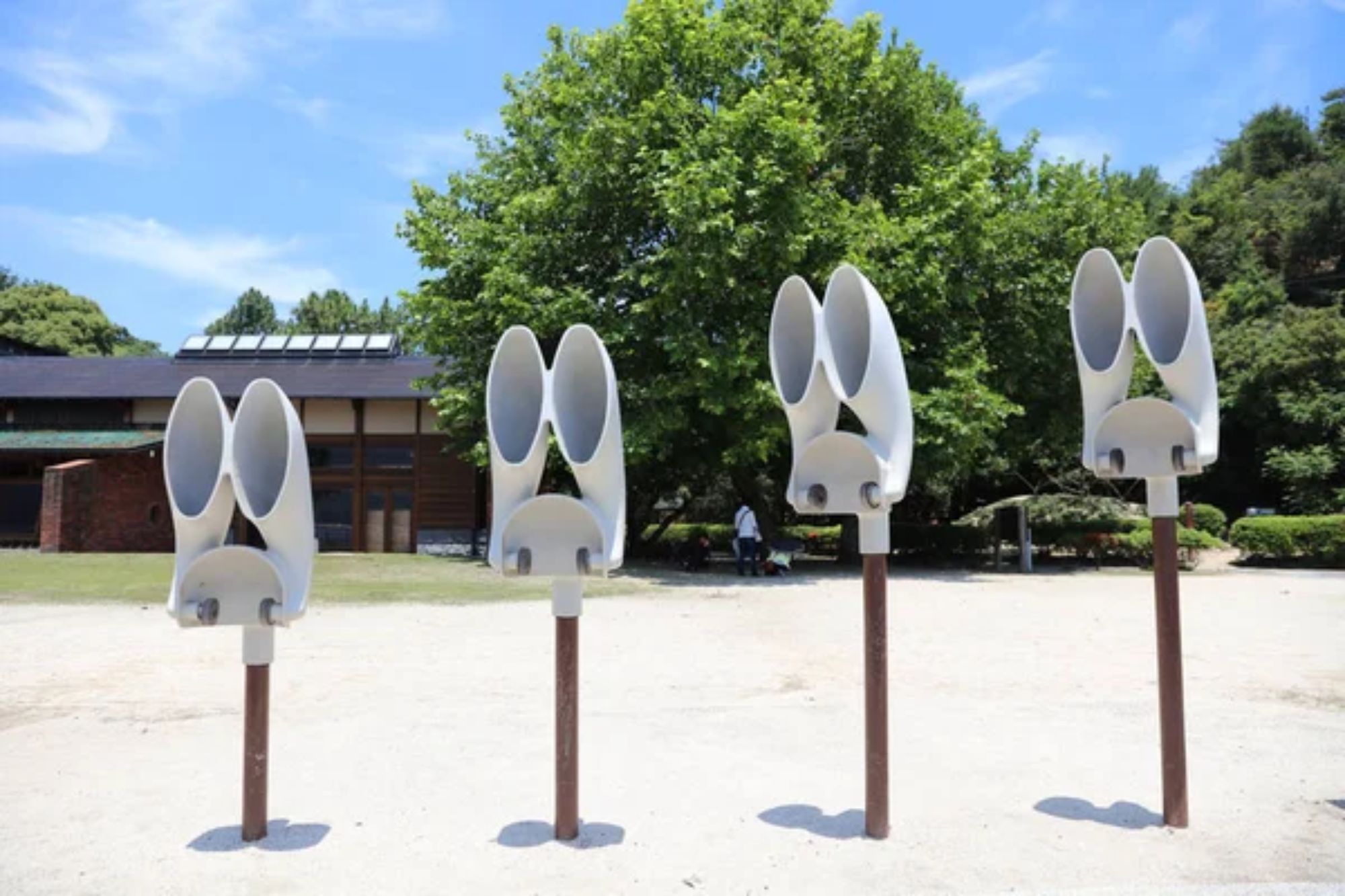
This small island in the Inland Sea has transformed from industrial facility to peaceful wildlife sanctuary where hundreds of rabbits roam freely. Accessible via short ferry ride from Hiroshima Prefecture, the island offers a curious juxtaposition of abandoned military buildings reclaimed by nature and gentle interactions with remarkably tame rabbits.
Walking paths circle the island, providing scenic coastline views and encounters with these friendly creatures that approach visitors without hesitation. Beaches remain largely empty even during summer months, offering peaceful spots for contemplation while watching passing ships.
The island’s complicated history and current status as an animal sanctuary creates a thought-provoking atmosphere unusual among Japanese destinations.
Teshima Art Museum
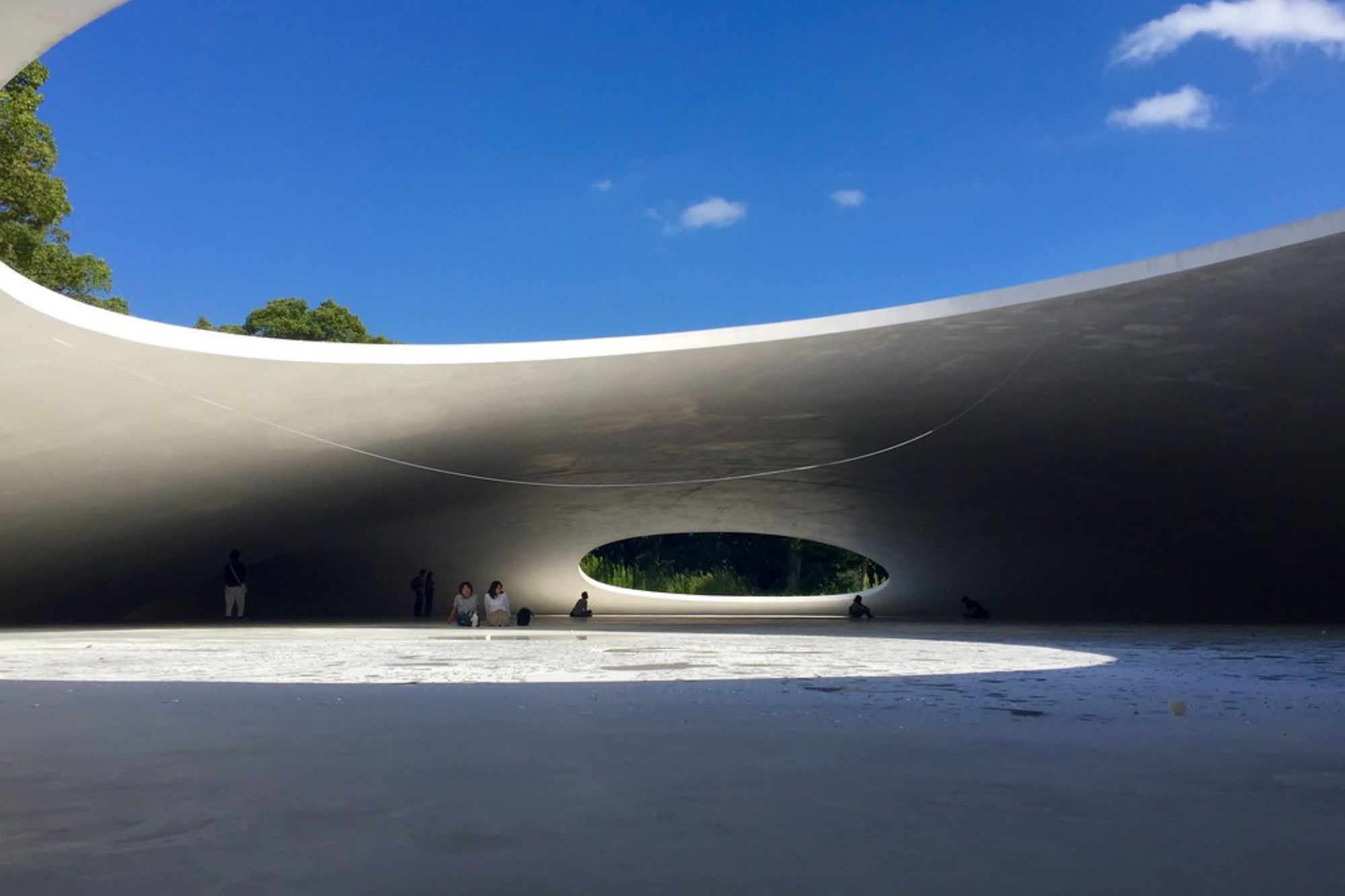
This minimalist concrete structure resembles a water droplet merged with the landscape of a remote island in the Seto Inland Sea. Unlike conventional museums, this space contains just a single artwork—small water droplets that emerge mysteriously from the floor, move with minds of their own, merge with others, then disappear.
Designed by architect Ryue Nishizawa and artist Rei Naito, the museum creates profound experiences through radical simplicity. Visitors remove shoes before entering the hushed interior where whispers would disturb the meditative atmosphere.
The surrounding rural island remains largely undeveloped, with rice terraces and fishing villages providing authentic glimpses of traditional coastal life.
Like Travel Pug’s content? Follow us on MSN.
Daio Wasabi Farm
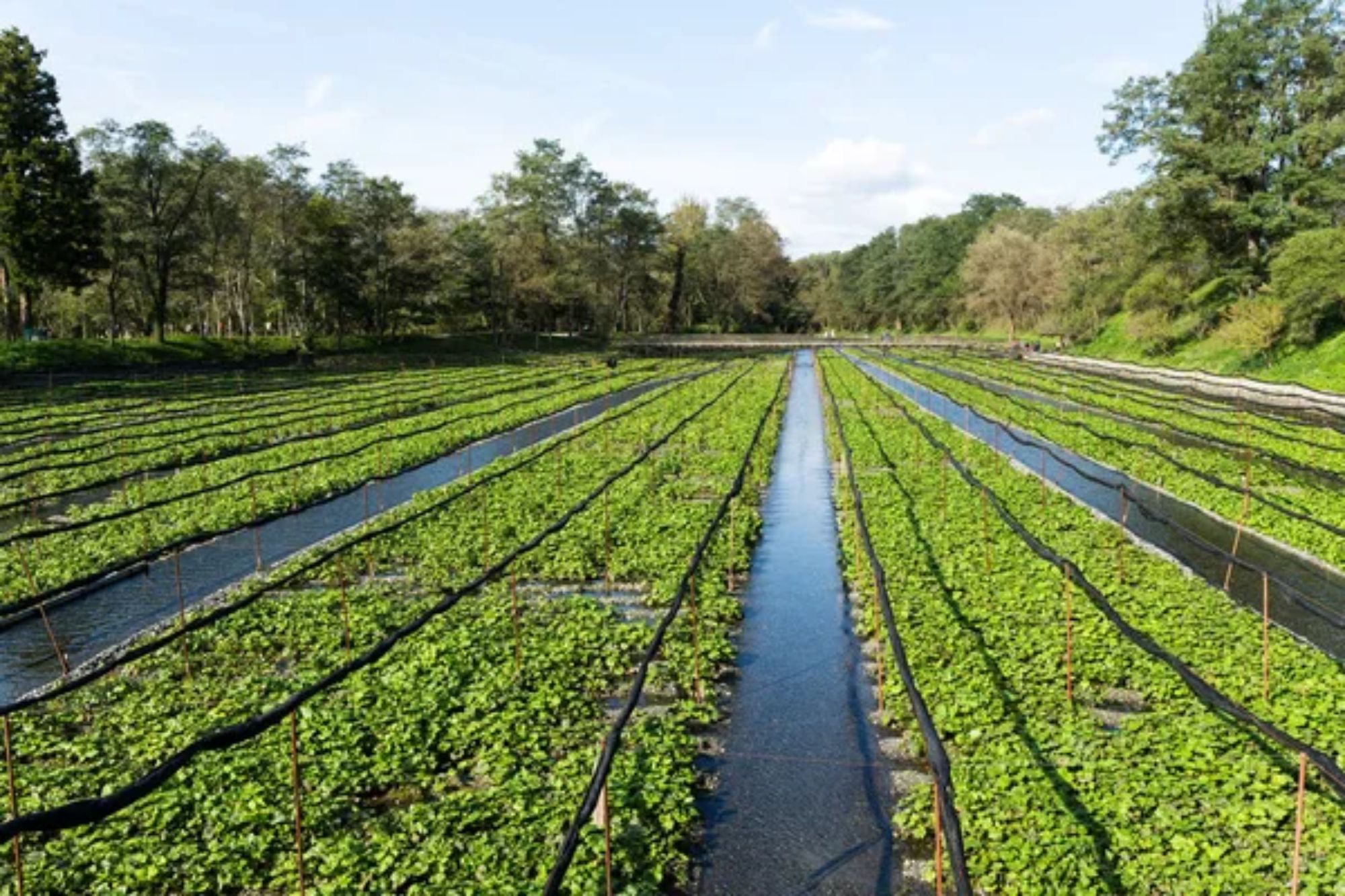
Located in mountainous Nagano Prefecture, this working farm cultivates Japan’s finest wasabi in pristine conditions required for this notoriously demanding crop. Crystal-clear water diverted from nearby mountains flows through carefully designed fields, creating a soothing auditory backdrop for walks along wooden paths between growing areas.
Traditional water wheels turn constantly, maintaining proper irrigation while creating postcard-perfect scenes. The farm’s forested setting and constant flowing water generate naturally cool conditions even during summer months.
Beyond the agricultural experience, visitors discover wasabi’s surprising versatility through unique treats like wasabi ice cream and wasabi beer available only here.
Gotokuji Temple
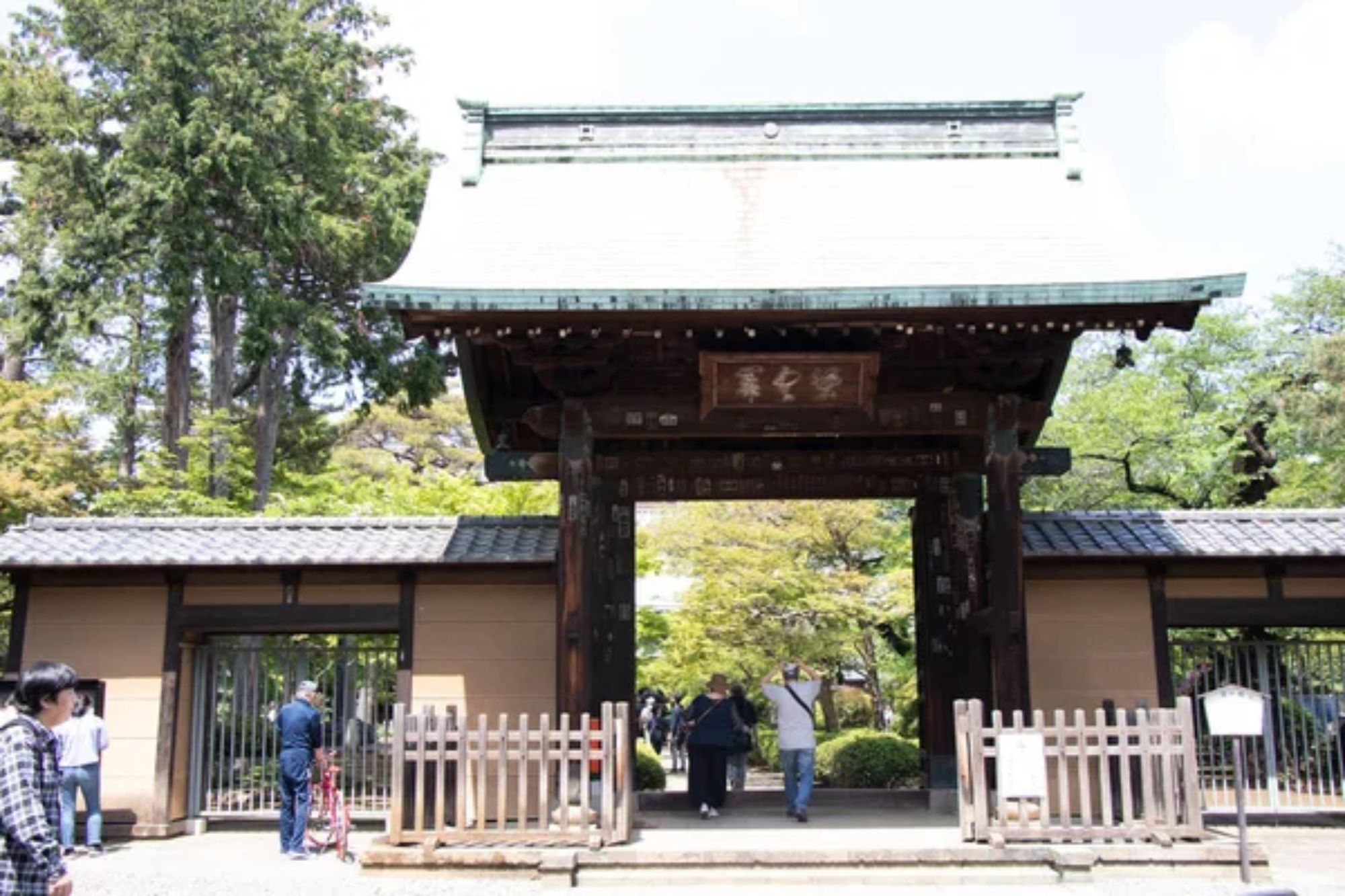
This modest Tokyo temple maintains an unusual tradition of ceramic maneki-neko (beckoning cats) believed to bring good fortune to visitors. Unlike most Tokyo spiritual sites that attract crowds, Gotokuji remains pleasantly uncrowded despite its charming collection of thousands of cat figurines left by grateful worshippers.
The temple grounds feature peaceful gardens surrounding traditional buildings where visitors can appreciate seasonal changes without tourist crowds. Local residents frequently come for morning meditation, creating an authentic atmosphere uncommon at more famous sites.
The temple’s location in residential Setagaya ward puts it beyond most tourist itineraries despite being accessible via public transportation.
Akiyoshido Cave
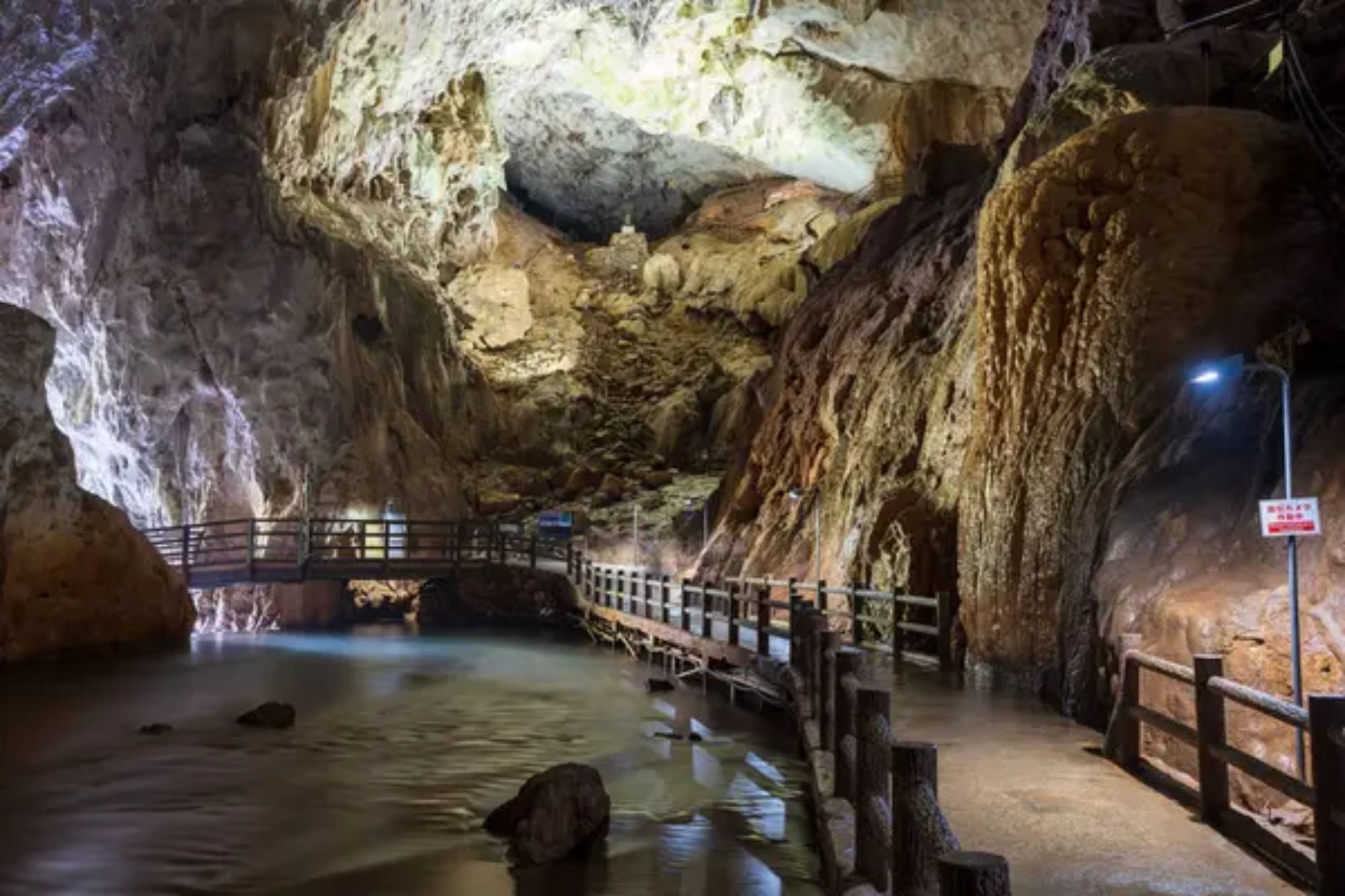
Japan’s largest limestone cave system extends over 6 miles beneath the hills of Yamaguchi Prefecture, providing refuge from both weather extremes and modern distractions. The carefully illuminated main section showcases spectacular stalactites and stalagmites formed over millions of years. Underground rivers create gentle soundscapes that enhance the otherworldly atmosphere.
Constant year-round temperature of 59°F makes this natural wonder particularly appealing during humid summers or cold winters. The surrounding karst plateau features distinctive limestone formations largely unknown to international visitors, ensuring peaceful exploration even during peak travel seasons.
Like Travel Pug’s content? Follow us on MSN.
The Quiet Rewards of Japan’s Hidden Sanctuaries
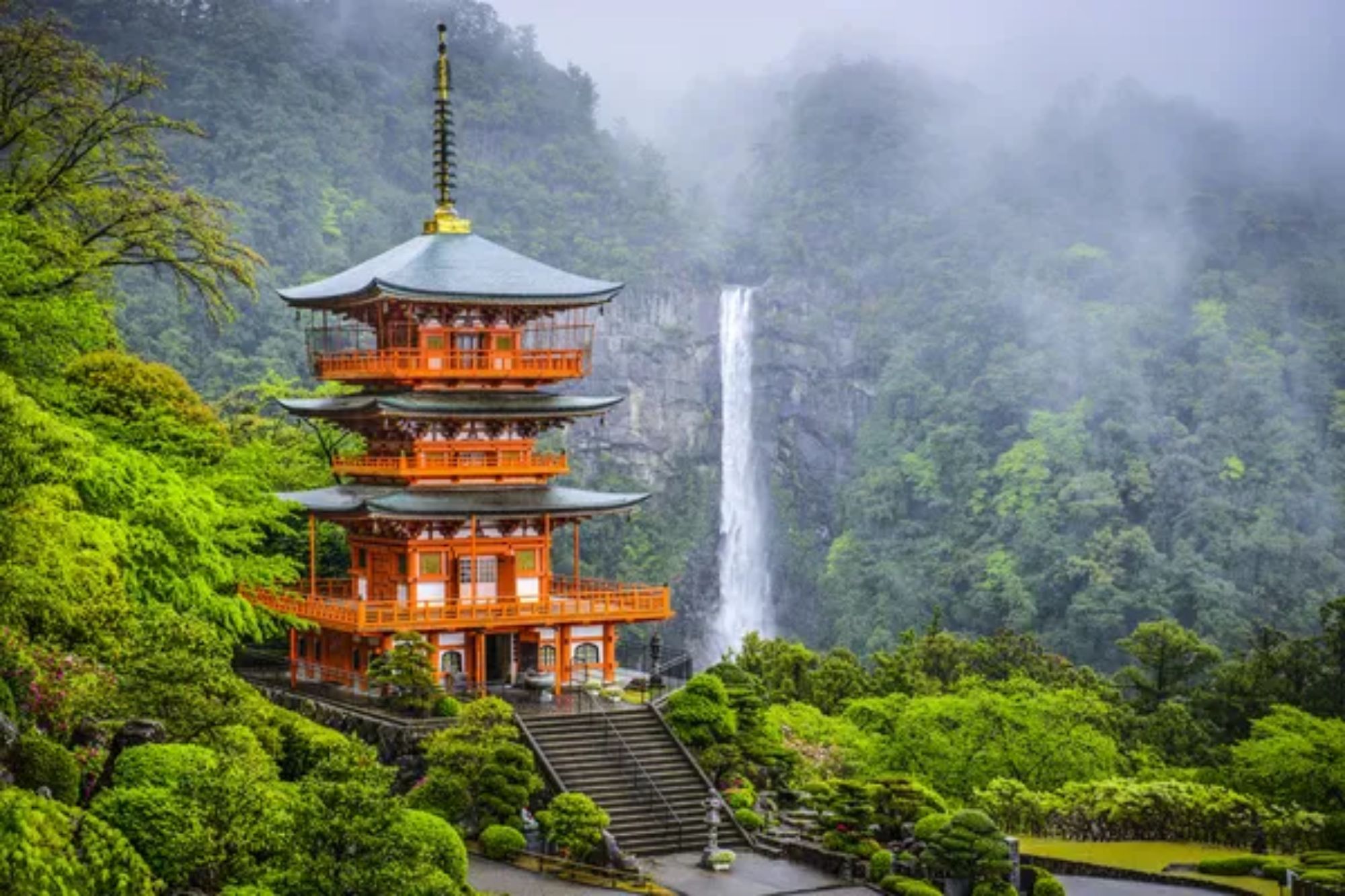
These serene destinations reveal a profoundly different side of Japan than what appears in typical travel photographs or popular media. The nation’s deep cultural appreciation for mindfulness, natural beauty, and contemplative spaces creates uniquely restorative environments for visitors willing to venture beyond obvious attractions.
Traditional concepts like ‘ma’ (negative space) and ‘wabi-sabi’ (finding beauty in imperfection) inform these peaceful places, offering meaningful alternatives to purely recreational travel. For those seeking genuine restoration rather than simple sightseeing, these quiet corners of Japan provide experiences that resonate long after returning home.
More from Travel Pug

- Cities Growing so Fast You Won’t Recognize Them in 10 Years
- 13 Destinations Where Tourists Regularly Regret Their Trip
- 20 Obscure WWII Sites Even History Buffs Don’t Know About
- 10 Under-the-Radar Mountain Towns That Are Both Affordable and Beautiful
- 20 Abandoned Places That Feel Like Real-Life Post-Apocalyptic Movie Sets
Like Travel Pug’s content? Follow us on MSN.
